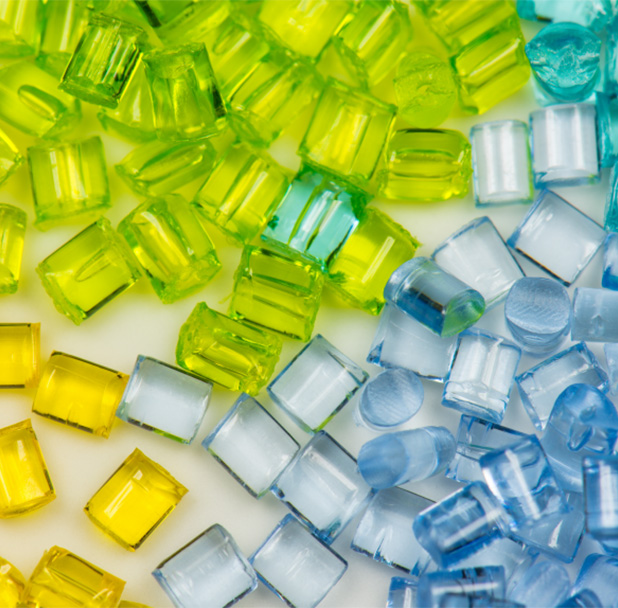Choose Your Language
Ask an Expert
Material Selection Support
- Home
- Services
- Technical Solutions
- Material Selection Support
Developing a new product? Searching for alternative products? To find the ideal material, it is important to consider all aspects of an application. Each part has its own unique requirements and requires a disciplined and scientific approach to material selection.
To understand your needs, our experts take a step-by-step approach to help you identify the optimal material. A careful analysis of the part design, performance requirements, manufacturing process, and associated tooling is conducted such that critical requirements can be prioritized and ranked, which allows an optimal thermoplastic resin to be selected.


The design of a component or finished assembly is generally defined with the goal of satisfying the functional needs of the application. However, it is critical to review the design to ensure there are no oversights in either the manufacturing process or the material that could be detrimental to the performance of the end-product and to define any features that could be critical to the material selection process. Some common criteria to consider include:
It is important to carefully consider the design and to be prepared and flexible to alternatives or changes during the material selection process. It is sometimes best to accommodate a design change that will enable a lower performance (and less expensive) material to work in the application.

Along with design considerations, it is critical to define the end-use performance requirements of the application, including any regulatory or agency ratings that may apply. Questions to consider include:

The manufacturing process must also be carefully considered during the material selection process to ensure that relevant details are not overlooked and that associated requirements can be accommodated by the material selected.

It is important to prioritize what material attributes are most critical to an application or component. To achieve this objective, the application requirements must be reviewed and prioritized such that the most important requirements are used to guide the material selection process.
For example, if an application requires a transparent material, with excellent light transmittance and outdoor UV resistance, the number of material options may be limited to a single material such as Acrylic (PMMA).
Another application may require a transparent material with other functional attributes being less critical. Therefore, several materials may be considered, such as:
Ranking and reviewing the requirements most critical to the application will help ensure that the appropriate materials are considered for the application and will also support achieving the goal of finding lower cost materials that also meet the defined requirements.

After establishing and ranking the requirements, our technical experts will help you evaluate and compare potential material solutions for your application. The final selection you make should be based on:

Testing of the actual end-product or component is necessary to confirm the material selected, part design, and manufacturing process deliver the performance required for the application. This step is completed at various phases within the product development cycle, such as at initial prototyping, production validation, or both. Our experts can help you establish a test plan, analyze the test data to help you determine if the material, part design, or process will meet your needs, and offer suggestions for improvements if needed.
Test verification steps used to evaluate end results may include: